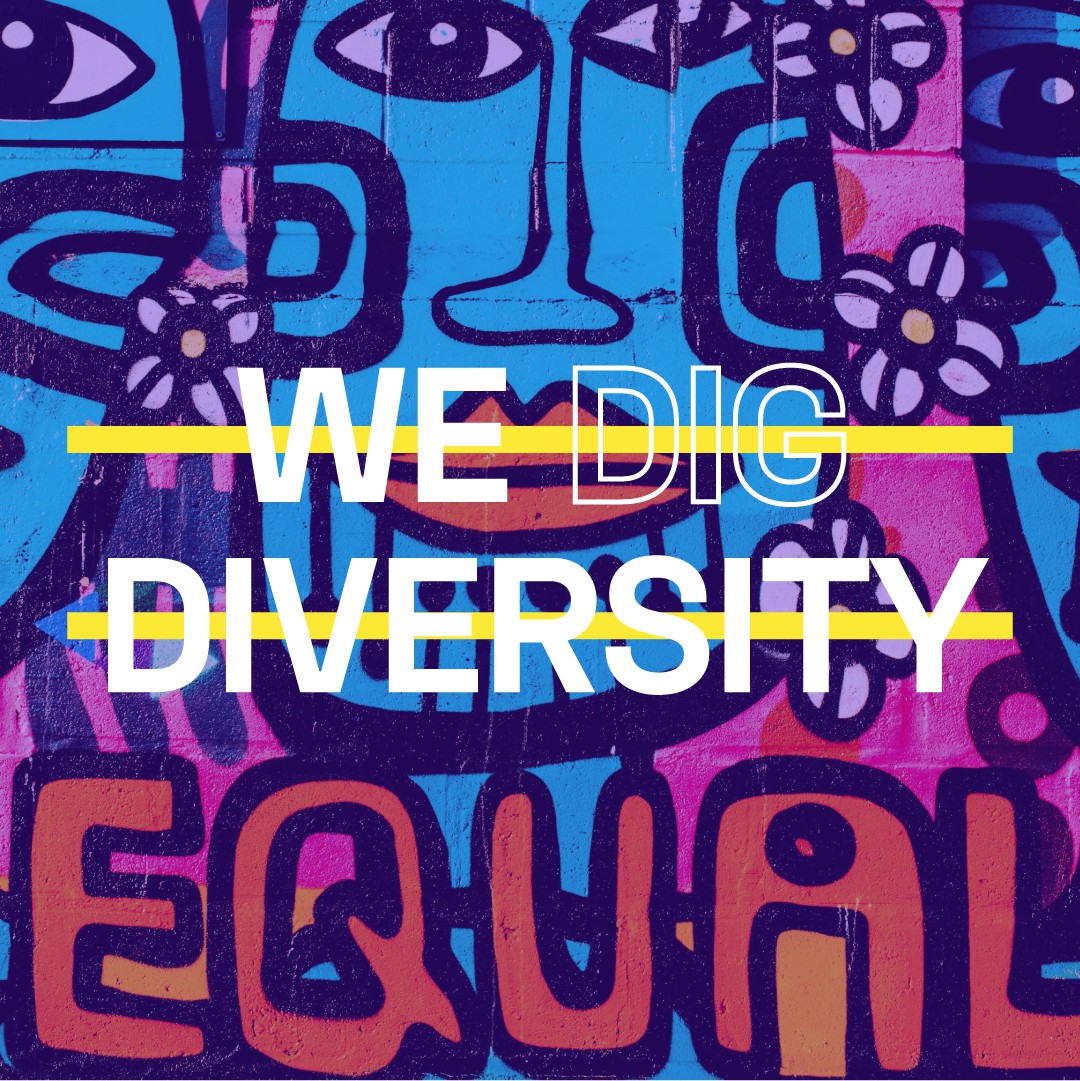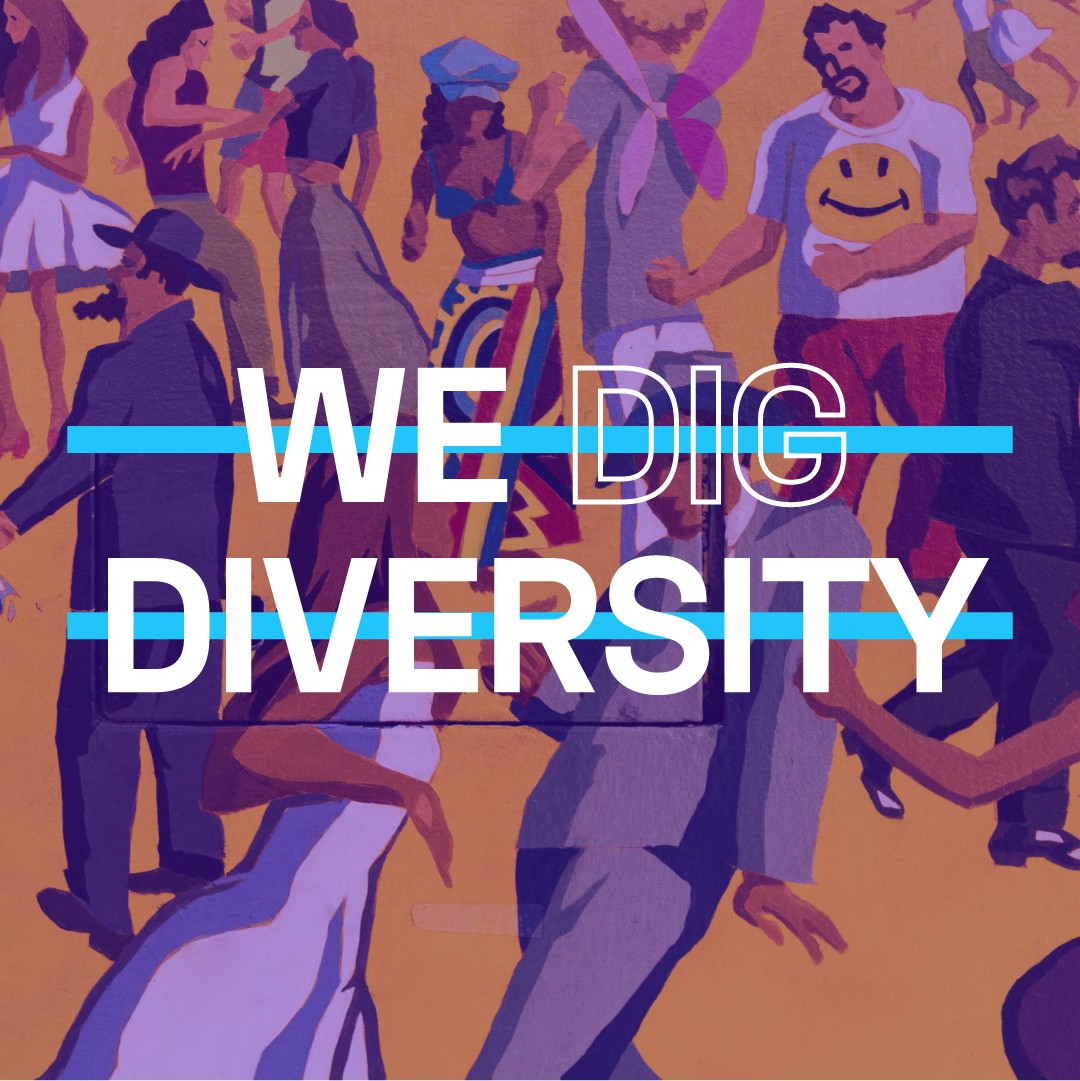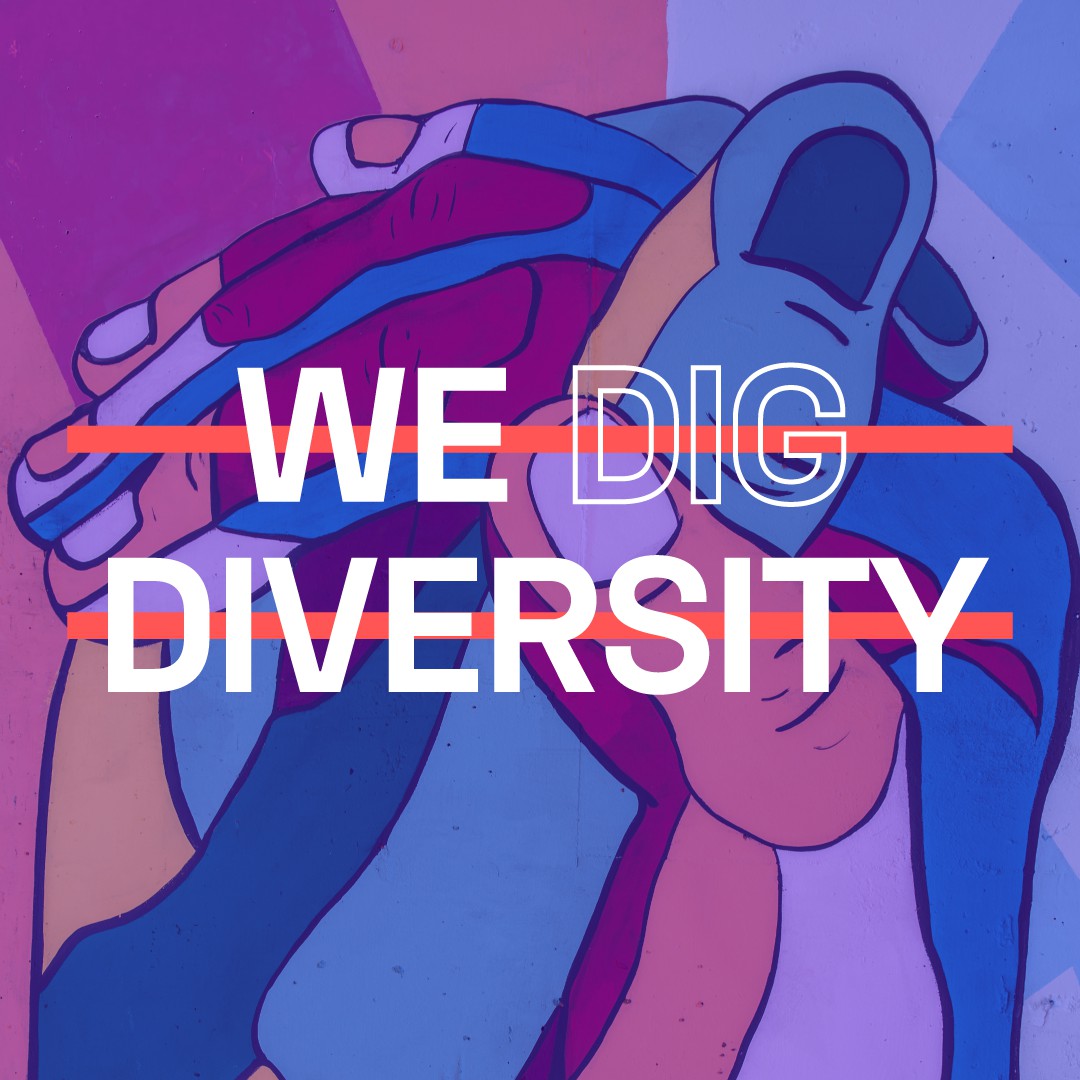I was asked if I wanted this blog post to be anonymous and I initially said yes, but I’ve changed my mind so here it goes…
I’m Charlotte Woods, a 28-year-old cat-loving woman (sorry) PR Account Director and (only recently) unashamedly constantly anxious and occasionally depressive, human being.
That said there is NO judgement to anyone who want to remain anonymous, but I have lived with mine for so long now, it’s time to speak up and I hope this helps some of you reading…
I have been anxious all my life – I started having panic attacks at the age of seven over my maths homework that neither me, nor my parents could figure out. Now you might think that’s standard, but it would get to the point that I would spend 3 crying hours over the fact I couldn’t get it right. I was a high achiever at school and the first of my family to go to university (and a Russell Group one at that #boast) so there was a lot of pressure on me. That didn’t come from my parents or teachers, but it came from me – because I could see how proud they were of me, and I didn’t want that to stop… sad I know.
That feeling of not wanting to fail my maths homework (which I felt would ruin my life forever more – anxiety crew, you know that impending sense of doom you feel) has stayed with me throughout every inch of my life… every school / college / university project, exam, work campaign etc. but I take it too far and I can’t help it… I can’t settle with satisfactory; I aim for the unrealistic standard of perfection with everything I do… something that every institution I have worked in so far indulges and encourages and why wouldn’t they? It makes them look good too.
That’s the problem with high functioning anxiety – you appear diligent, hard-working, conscientious, across the detail etc. and that’s because you are but it takes a HUGE amount of brain power to do that day in day out with the impending fear that looms over you for letting one thing drop…. But we’re all human and things do drop…
So let me tell you about my diagnosis, despite suffering with anxiety for a very long time, I got a formal diagnosis of Generalised Anxiety Disorder (the one where you don’t always know the cause, helpful) at the age of 21 after a bout of severe panic attacks and fainting on public transport (sorry Victoria Line users at 7.21 am from Brixton to Oxford Circus…) so I sought help from my GP and was offered sleeping pills and anti-depressants and a long waiting list for therapy. I opted against the medication (this time) and decided to start with a course of CBT – a therapy that helps you talk and reframe your problems – something I find useful when my rational brain is in play but that doesn’t kick in when I’ve gone too far and started thinking irrationally.
One useful tool they gave me though was journaling, and anyone that knows me knows I love a list…. so, I have a notebook at any given opportunity to note down tasks (if it’s not written down, I don’t remember to do it) but also my thoughts and feelings. The one by my bed is the most useful, I can wake up jot down a thought, feeling or action and sleep knowing it will be there for be in the morning.
As I noted down my feelings I noticed patterns in relation to my work life, social life, menstrual cycle and level of life admin and noticed my own ‘triggers’ – GAD means there isn’t always a trigger, but I do have a few – work stress, ‘burning the candle at both ends’ and then big picture decisions / processes (i.e. buying a house).
I realised I needed more help last year, however when the mix of losing a dear loved one, buying my first home and of course, covid uprooted my normal and threw me off kilter and none of my learned coping strategies could cut it. I lost interest in everything I loved, was exhausted from up to nine panic attacks a day at my worst and approx. 3 hours of crying for what felt like no reason whilst trying to keep up appearances – I settled for medication, which I am still on – that’s not for everyone and was something I’d rejected just seven years ago.
I’d not go as far to say I’m thriving now, but I am doing well. I know I am not going to be rid of my anxiety… she is my best friend at times she gets me to get sh*t done, she makes me the life of the party and she makes me care about people in ways that those who don’t experience anxiety maybe don’t think about but I am learning with her, accepting her and growing with her and I always will be.
Charlotee Woods, Account Director, Fever UNLIMITED










